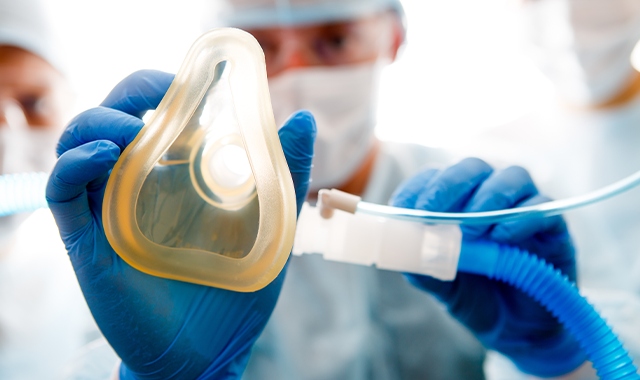ASHP Releases New Guidelines for Perioperative Pharmacists
How to handle controlled substances and medication safely.

ASHP’s Guidelines on Perioperative Pharmacy Services, published in the June issue ofAmerican Journal of Health-System Pharmacy, were updated from the previous guidelines, published in 1991.
“It is really hard for pharmacists to have a presence in this area. It is such a unique environment; the whole medication-use process is very different for the operating room,” co-author Julie Golembiewski, PharmD, clinical associate professor at the University of Illinois at Chicago College of Pharmacy and clinical pharmacy at UI Health, tells Drug Topics.
Rewriting the guidelines was a multi-year project. “We really wanted to bring guidelines up to the 21st century,” Golembiewski says
The new guidelines include:
1. Controlled substance management and surveillance:
“ACPs (anesthesia care providers) are unique in that they obtain and administer addictive substances, on a daily basis, to patients undergoing anesthesia, in order to provide analgesia (opioids, ketamine); blunt the stress response to intubation and surgical stimulation (opioids); induce general anesthesia (methohexital); and provide sedation, amnesia, and anxiolysis (benzodiazepines),” the authors write. “Exposure and access to such addictive substances, familiarity with the pharmacology of these drugs, the relative ease of diverting small quantities for personal use, and a high-stress work environment are factors that contribute to substance use disorder (SUD) in ACPs.”
As with all controlled substances, anesthesia-controlled substances must be:
- Accountable from the time the controlled substance is dispensed
- to (received by) the ACP to its final disposition (i.e., administration to patient, returned, or wasted), with amounts documented. The total amount administered, returned, and wasted must equal the total amount dispensed to (received by) the ACP. Although hand-offs of controlled substances are discouraged, a system should be in place to ensure retrievable documentation of all controlled substances handed off, should a hand-off be necessary.
- Under the direct physical control of the ACP or stored in a locked and secure location such that controlled substances are not accessible to unauthorized individuals.
- “Historically, anesthesia-controlled substances were dispensed to ACPs on a per-day or per-case basis. With increasing focus on diversion prevention, per-day dispensing of anesthesia-controlled substances can no longer be recommended,” the authors write.
2. Medication safety strategies:
- Avoid look-alike medications when possible; if not possible, do not store in proximity, and add alert labels.
- Use single-use vials; discard multidose vials at end of case; use only preservative-free local anesthetic products.
- Stock only one drug concentration on cart; include alert label on concentrated or high-alert drugs.
- Standardize medication trays, clearly label divisions, and place drugs to minimize confusion and hidden labels.
- Alert staff, especially ACPs, to changes in how drugs are supplied (e.g., new labels or concentrations)-one method of doing this is by adding alert labels on new drugs.
- Provide cognitive aids, rescue protocols, and infusion rate charts to ACPs.